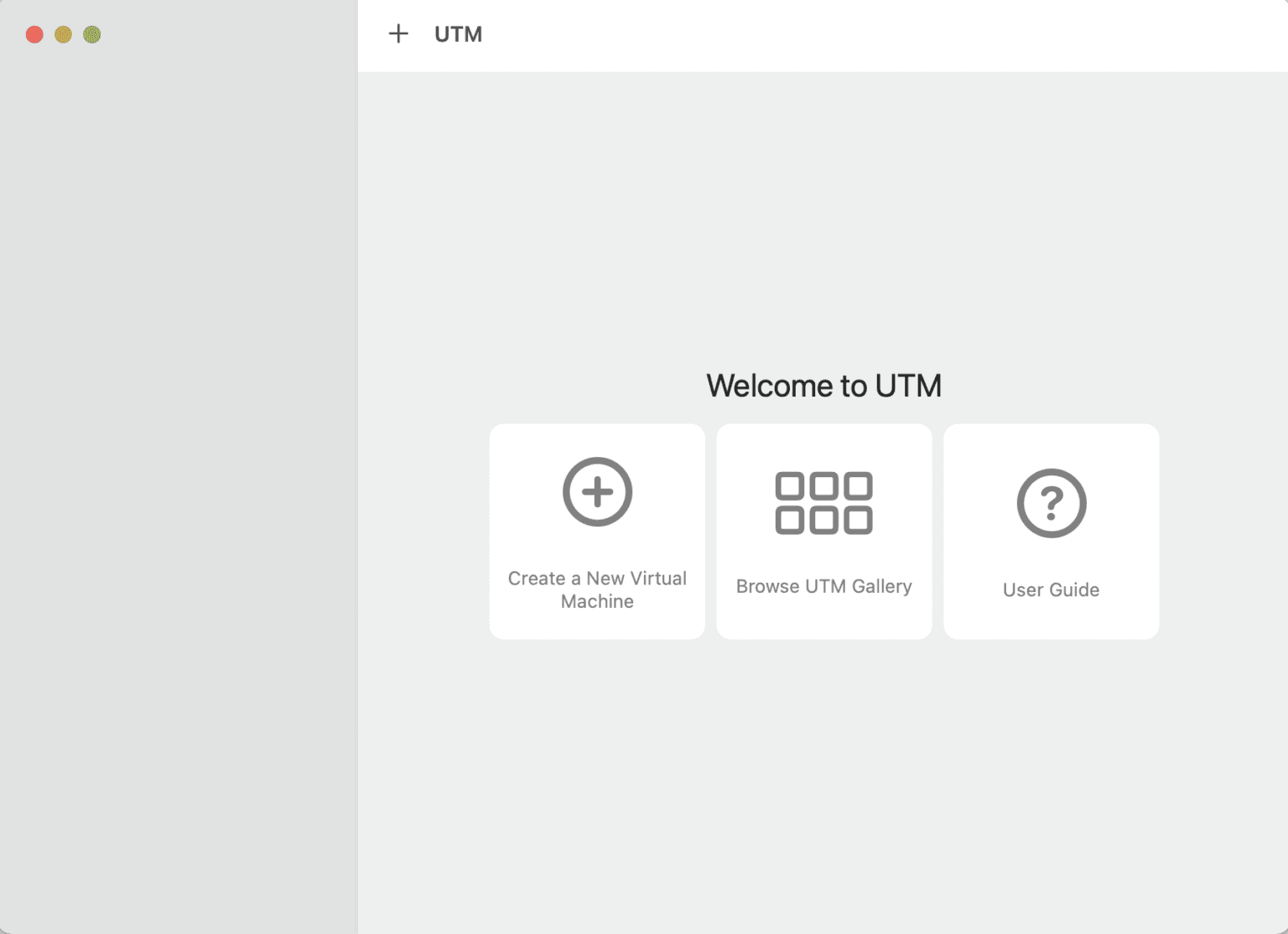


- #Utm use apple virtualization install
- #Utm use apple virtualization software
- #Utm use apple virtualization iso
From here we can proceed to install Kali as normal. (macOS 11+) Virtualize Linux with Apple backend: You now have the option to use Apples amework to virtualize Linux. Once complete, we will hit save and then press the play button. Now we are at the summary and we can re-name our VM to be “Kali Linux”. We again will skip changing anything on this page, however if you want a shared directory feel free to add it: If you are switching from a Mac with an Intel processor to a Mac with Apple M1 Chip or the other way around, please refer to KB 125344 for more details. In our case, we will be lowering it to 20GB and continue: UTM Run virtual machines on iOS Emulate any Processor 30+ processors supported by qemu including x8664, ARM64, and RISC-V Run any Operating System Windows, Linux, and more natively and securely on iOS within an App Fast Emulation Para-virtualization with SPICE and JIT compilation with TCG High Compatibility iOS 11+ supported. Therefore, a virtual machine created on an Intel-based Mac cannot be used on a Mac with M1 Chip, and vise-versa.Here we will be sure to lower or raise the size of the drive to what we will need. Mar 2nd, 2021 8:38 AM EST Cool Stuff Found UTM is an app I recently discovered that lets you run virtual machines on M1 Macs.
#Utm use apple virtualization software
We won’t change any of the settings here, and will just continue forward: In this video, I will be looking over 3 virtualization software solutions available for the Apple Silicon Macs, and comparing them in terms of performance, e.
#Utm use apple virtualization iso
Now we are only going to change one item, which is selecting our “Boot ISO Image” and choosing the ISO we downloaded previously. We will select Virtualize, as we will be using a Kali Apple M1 installer iso which will bring us to the next page:įrom here, we will select “Other” which will again bring us to the next page: Designed for macOS using the latest and greatest Apple technologies, UTM is built from the ground up with the Mac in mind. Use this framework to boot and run macOS or Linux-based operating systems in custom environments that you define. After this we can click create VM and start the short process: The Virtualization framework provides high-level APIs for creating and managing virtual machines (VM) on Apple silicon and Intel-based Mac computers. UTM also runs on Intel-based Macs, allowing for x86 and 圆4-based operating systems to be virtualization, and can also handle lower performance emulation as well. We first download UTM and then launch the app. The software uses Apple’s Hypervisor virtualization framework to run ARM64 operating systems on Apple Silicon at near native speeds. If you wish to mount an ISO disk image, it is recommended that you create a New Drive and check Removable. Import Drive will let you select a file to mount and New Drive will let you create either an empty removable drive or an empty hard drive. To install and set up a UTM VM it is pretty straightforward. You can create and mount virtual drives for the VM in the Drives tab. UTM is quite slow compared to other Mac hypervisors. It should be noted that if another hypervisor is available, it would be best to use that.


 0 kommentar(er)
0 kommentar(er)
